The dream of serving the nation through civil services attracts millions of aspirants in India every year. While the Union Public Service Commission (UPSC) examination often takes center stage in discussions about civil services, State Public Service Commission (State PSC) exams offer equally prestigious and rewarding career opportunities. Understanding the nuances between these two examination systems is crucial for candidates planning their civil services journey. This comprehensive guide explores the fundamental differences between UPSC and State PSC examinations, helping aspirants make informed decisions about their career paths.
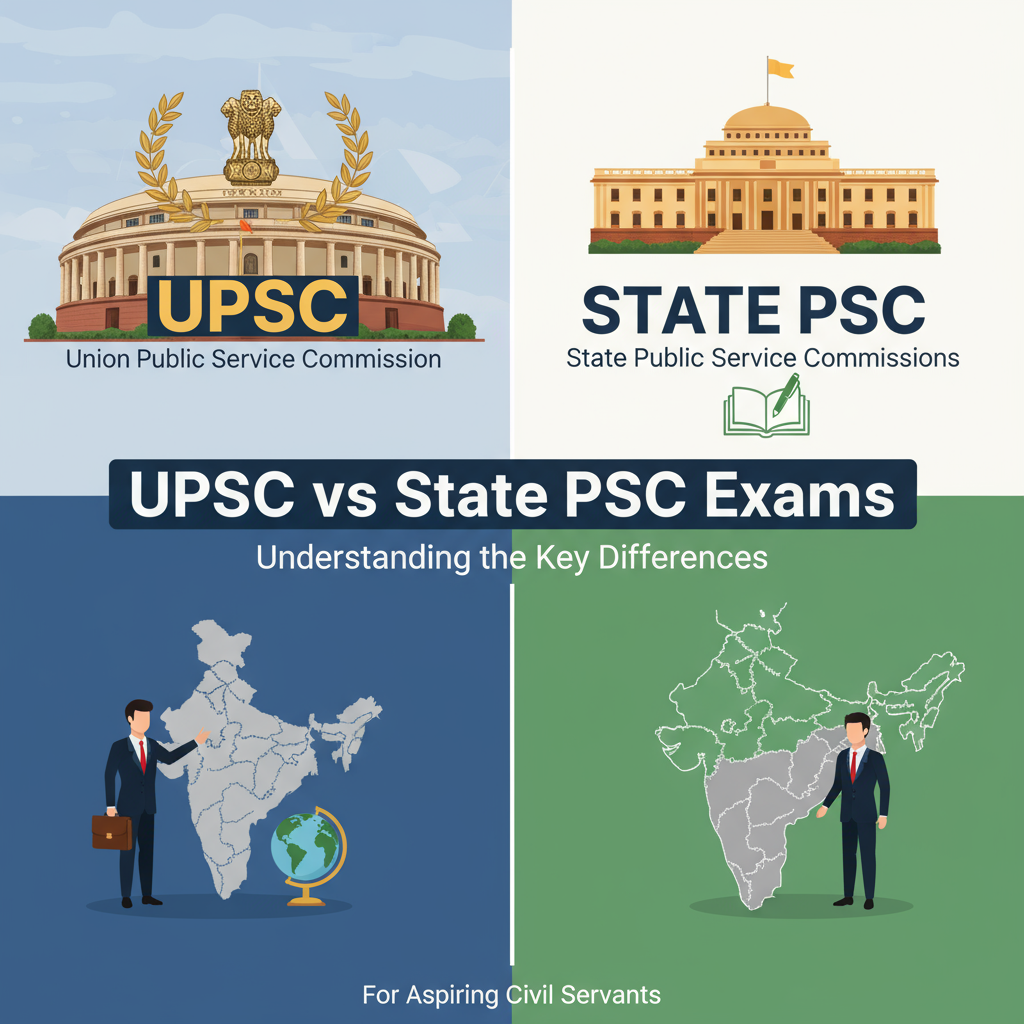
Understanding the Basic Framework
The UPSC conducts examinations for recruitment to All India Services and Central Civil Services, operating under the direct authority of the central government. Established in 1926 as the Public Service Commission and later reconstituted as UPSC after independence, this constitutional body maintains uniformity in recruitment standards across the nation. The commission conducts the prestigious Civil Services Examination (CSE) annually, along with various other examinations for specialized services.
State Public Service Commissions, on the other hand, are constitutional bodies established under Article 315 of the Indian Constitution to conduct recruitment for state government positions. Each state has its own PSC (except Goa, which falls under the purview of the UPSC), conducting examinations tailored to state-specific requirements. These commissions operate independently, designing their examination patterns, syllabi, and recruitment processes according to state administrative needs.
Scope of Services and Career Trajectories
The most significant difference between UPSC and State PSC examinations lies in the scope of services they offer. UPSC’s Civil Services Examination opens doors to three All India Services: the Indian Administrative Service (IAS), Indian Police Service (IPS), and Indian Forest Service (IFoS). Additionally, successful candidates can join various Group A and Group B central services such as the Indian Foreign Service (IFS), Indian Revenue Service (IRS), Indian Audit and Accounts Service (IAAS), and numerous others. Officers recruited through UPSC can serve anywhere in India and even represent the country internationally in diplomatic positions.

State PSC examinations recruit candidates for state civil services, which typically include positions such as Deputy Collector, Deputy Superintendent of Police, Block Development Officer, District Registrar, and various other administrative positions specific to state governance. While these positions carry significant authority within the state boundaries, the jurisdiction remains limited to the respective state. However, state service officers play crucial roles in grassroots administration and directly impact citizens’ lives through implementation of government schemes and policies.
The career progression differs substantially between the two services. IAS officers recruited through UPSC can rise to positions such as Cabinet Secretary, Chief Secretary of states, and Secretary to Government of India departments. Their career trajectory often involves diverse postings across different states and central ministries. State service officers, while having excellent growth opportunities within their state cadre, typically reach positions such as Secretary to State Government departments or heads of state-level organizations. The inter-state mobility is limited, though some states have provisions for deputation to central government on specific assignments.
Examination Pattern and Selection Process
The UPSC Civil Services Examination follows a three-stage selection process that spans nearly a year. The Preliminary Examination consists of two objective papers: General Studies Paper I covering current affairs, history, geography, polity, economy, environment, and general science, and General Studies Paper II (CSAT) testing comprehension, logical reasoning, and analytical ability. Only Paper I scores count for qualification to the Mains examination, while Paper II is qualifying in nature with a minimum requirement of 33 percent marks.
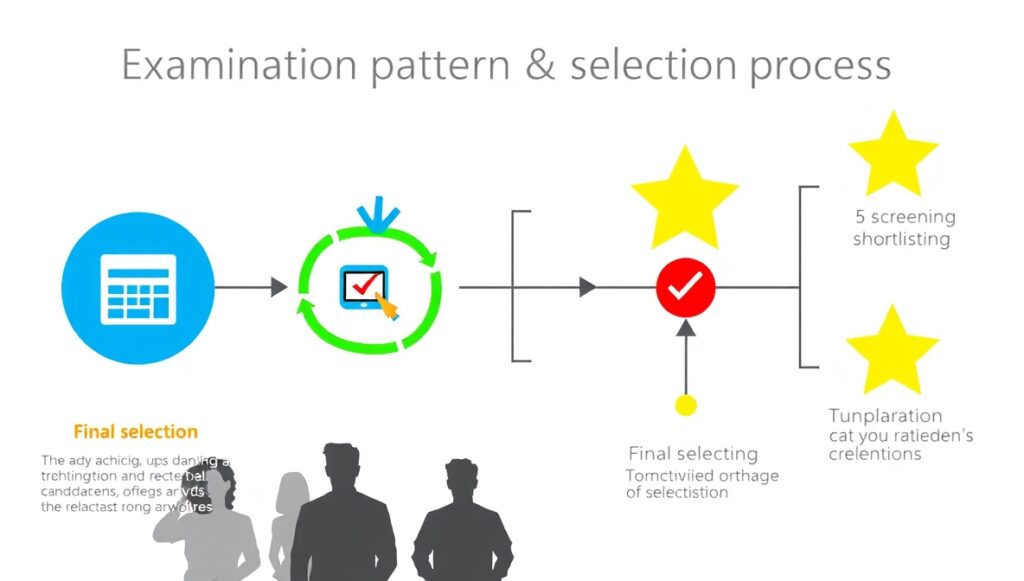
The Mains examination is extensive, comprising nine papers including four General Studies papers, one Essay paper, two optional subject papers, and two language papers (one English and one Indian language). The General Studies papers cover diverse topics ranging from Indian heritage and culture to ethics, integrity, and aptitude. Candidates must choose one optional subject from approximately 25 available options. The personality test or interview, carrying 275 marks, forms the final stage of selection.
State PSC examination patterns vary significantly across states, though most follow a similar three-stage process. Many states have adopted patterns similar to UPSC but with modifications suited to regional requirements. For instance, some states include state-specific history, geography, and current affairs in their syllabi. The number of papers in mains examinations varies; while some states like Uttar Pradesh have seven papers in mains, others like Maharashtra have six. The optional subject choices might be limited compared to UPSC, and some states have made certain subjects compulsory based on administrative requirements.
Language requirements also differ substantially. While UPSC allows candidates to write mains examination in any of the 22 scheduled languages or English, state PSCs often mandate proficiency in the regional language. Some states require candidates to qualify in language papers that test knowledge of the official state language, its literature, and grammar.
Eligibility Criteria and Age Considerations
UPSC maintains uniform eligibility criteria across India. Candidates must hold a bachelor’s degree from a recognized university, with final-year students also eligible to appear. The age limit for general category candidates is 21-32 years, with relaxations for reserved categories: OBC candidates get three years relaxation, while SC/ST candidates can appear until 37 years of age. The number of attempts is limited to six for general category, nine for OBC, and unlimited for SC/ST candidates until the age limit.
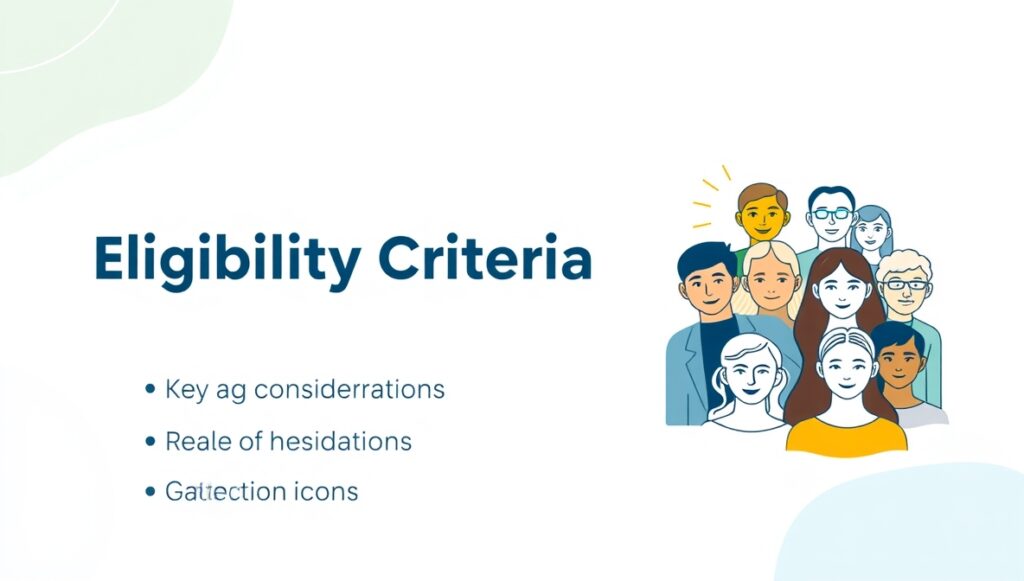
State PSC eligibility criteria show considerable variation. While educational qualifications remain similar, age limits often differ. Many states provide higher upper age limits; for instance, some states allow general category candidates to appear until 40 years of age. Domicile requirements form a crucial difference, as many states reserve a significant percentage of posts for state residents. Some states require candidates to have studied in the state for a specific period or have knowledge of the local language and culture.
The number of attempts also varies across states. While some states follow UPSC’s pattern, others provide more attempts or have no restrictions on the number of attempts within the age limit. These variations reflect state-specific administrative philosophies and demographic considerations.
Syllabus Depth and Preparation Strategies
The UPSC syllabus is vast and demands comprehensive understanding of national and international affairs. The preparation requires in-depth knowledge of Indian polity, economy, history from ancient to modern times, world geography, international relations, and contemporary issues. The questions often test analytical ability and application of knowledge rather than mere factual recall. Current affairs play a crucial role, requiring candidates to stay updated with national and international developments continuously.
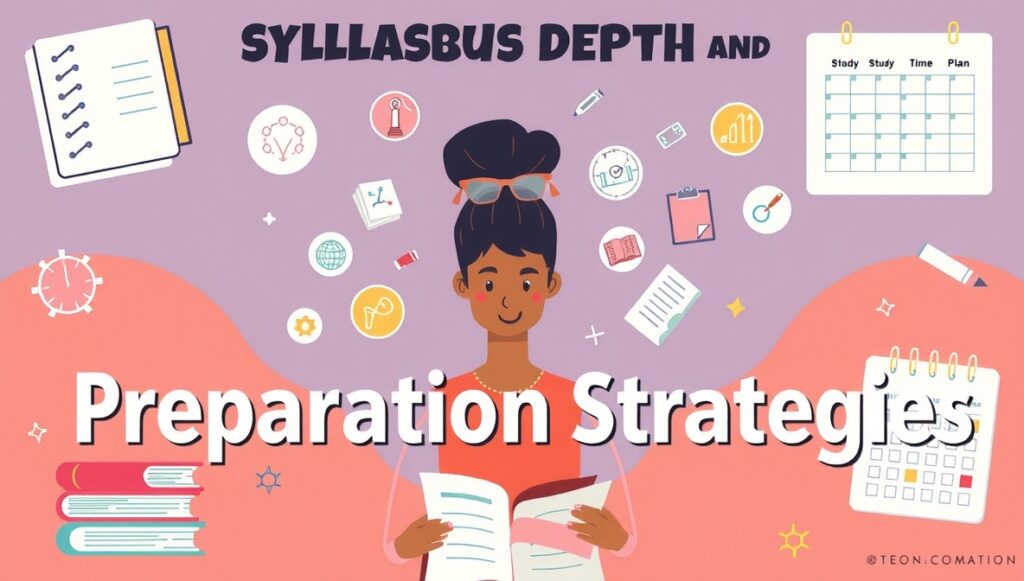
State PSC syllabi, while covering similar subjects, often emphasize state-specific content. Candidates must thoroughly study state history, including regional kingdoms, freedom struggle contributions, and cultural developments. State geography, including rivers, minerals, agriculture, and industries, receives significant attention. State government schemes, local governance structures, and regional economic issues form important components. While national and international affairs remain relevant, the focus tilts toward their impact on the state.
Preparation strategies consequently differ between the two examinations. UPSC aspirants often relocate to coaching hubs like Delhi, benefit from extensive study materials, and engage with diverse peer groups discussing national issues. State PSC aspirants might focus on regional coaching centers, state-specific study materials, and develop expertise in local administration and governance issues. The availability of study materials in regional languages can be advantageous for State PSC preparation.
Competition Levels and Success Rates
The competition intensity varies significantly between UPSC and State PSC examinations. UPSC CSE attracts approximately 10-12 lakh applications annually, with about 5-6 lakh candidates actually appearing for the preliminary examination. From these, only about 12,000-15,000 qualify for the mains examination, and finally, approximately 2,000 candidates are called for the personality test. The final selection hovers around 700-900 candidates, resulting in a success rate of less than 0.1 percent.
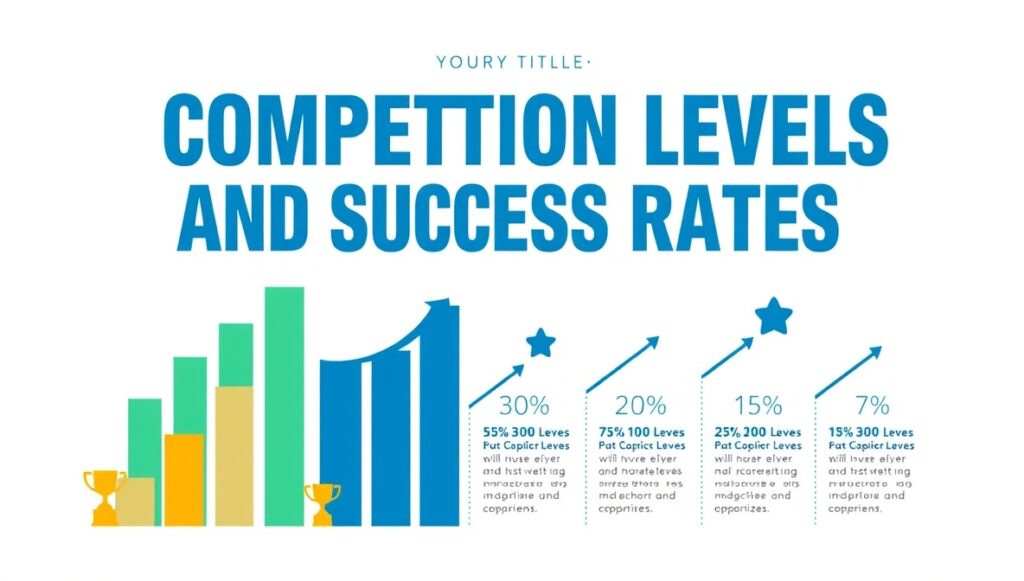
State PSC examinations generally witness lower competition in terms of absolute numbers, though this varies by state. Larger states like Uttar Pradesh, Bihar, and Rajasthan see intense competition with several lakh candidates appearing for limited posts. Smaller states might have comparatively fewer applicants. However, the success rate in state PSCs is often higher than UPSC, as the number of vacancies relative to applicants is generally more favorable. Some state PSCs conduct examinations for specific departments or services separately, further improving success probabilities for focused candidates.
Financial Aspects and Work-Life Balance
The salary structures for UPSC-recruited officers follow central government pay scales, starting at Level 10 of the 7th Pay Commission for IAS officers, with a basic pay of Rs. 56,100 plus allowances. The total compensation, including various allowances and perks, makes it financially attractive. Additionally, foreign postings, central deputations, and positions in public sector undertakings can significantly enhance earning potential.
State service officers’ salaries vary by state but generally follow similar pay commission recommendations adapted to state contexts. While the basic pay might be comparable or slightly lower than All India Services, the cost of living adjustments and state-specific allowances can make compensation packages competitive. Some economically advanced states offer salaries comparable to or even exceeding central services for equivalent positions.
Work-life balance presents interesting contrasts. UPSC-recruited officers, especially in All India Services, face frequent transfers across states, which can impact family stability. The responsibility of managing diverse portfolios and working in unfamiliar cultural contexts can be challenging. State service officers enjoy greater stability with transfers limited within the state, allowing better family settlement and deeper community connections. They develop expertise in state-specific issues and build lasting professional networks within the state administration.
Making the Right Choice
Choosing between UPSC and State PSC examinations requires careful consideration of personal aspirations, circumstances, and capabilities. Candidates with national-level ambitions, willingness for extensive mobility, and interest in diverse administrative experiences might prefer UPSC. The prestige associated with All India Services, opportunities for international exposure, and the chance to influence national policy make UPSC attractive for many aspirants.

State PSC examinations suit candidates seeking administrative careers while maintaining regional roots. Those with family commitments, preference for cultural familiarity, or specific interest in state development might find state services more appealing. The opportunity to work closely with local communities, implement grassroots development projects, and rise through state administrative hierarchy offers its own rewards.
Many successful candidates recommend attempting both examinations simultaneously, as the syllabi overlap significantly. This strategy maximizes opportunities and allows candidates to gain examination experience. Some aspirants begin with state PSC examinations to enter government service and continue preparing for UPSC while serving.
Conclusion
The choice between UPSC and State PSC examinations isn’t merely about selecting an examination but choosing a career path that aligns with one’s aspirations and circumstances. While UPSC offers unparalleled prestige and diverse opportunities across India, State PSCs provide equally meaningful careers with regional focus and stability. Both paths lead to impactful public service careers, contributing to India’s governance and development.
Success in either examination requires dedication, systematic preparation, and unwavering commitment. Understanding these differences helps aspirants make informed decisions, prepare strategically, and approach their civil services journey with clarity. Whether serving the nation through All India Services or contributing to state development through state civil services, both paths offer the noble opportunity to serve the public and make meaningful contributions to society’s progress.
The evolving nature of governance, with increased focus on cooperative federalism and state-specific development models, ensures that both UPSC and State PSC-recruited officers play vital roles in India’s administrative framework. As India progresses toward its development goals, the need for competent civil servants at both national and state levels remains critical, making both examination systems equally relevant and important for the country’s future.


